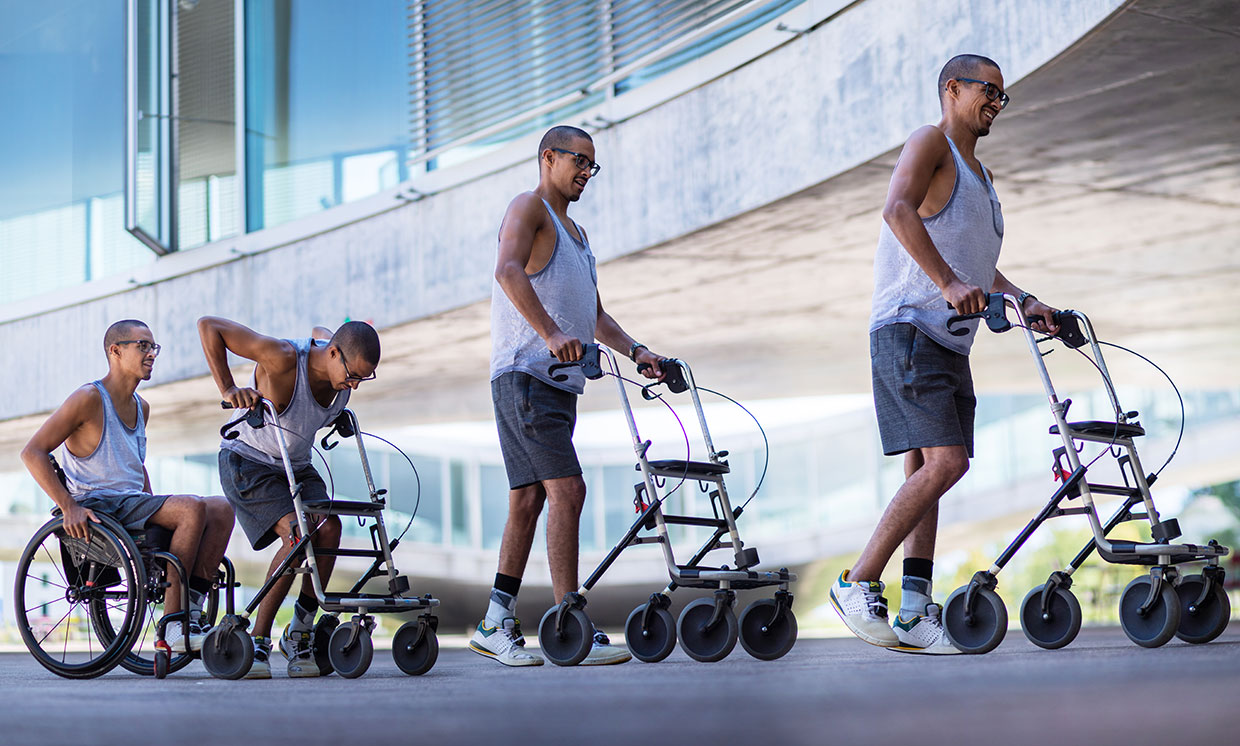Researchers in Switzerland applied stimulation to the men’s spinal cords with a wireless implanted device that emits pulses of electricity. Within a week, the men could stand up and walk using supports. After five months of physical therapy and training with the technology, all three were able to voluntarily control their leg muscles and walk for as long as an hour without muscle exhaustion.
The results, published in the journal Nature, come on the heels of two reports last month of similar therapies that were able to help people with major spinal cord injuries walk for the first time in years. A team at the University of Louisville reported in September that stimulating the spinal cord—known as neurostimulation—allowed two people to stand independently and walk with assistive devices, like a walker. In a separate study published the same day, researchers at the Mayo Clinic showed that they had achieved similar results in another person.


